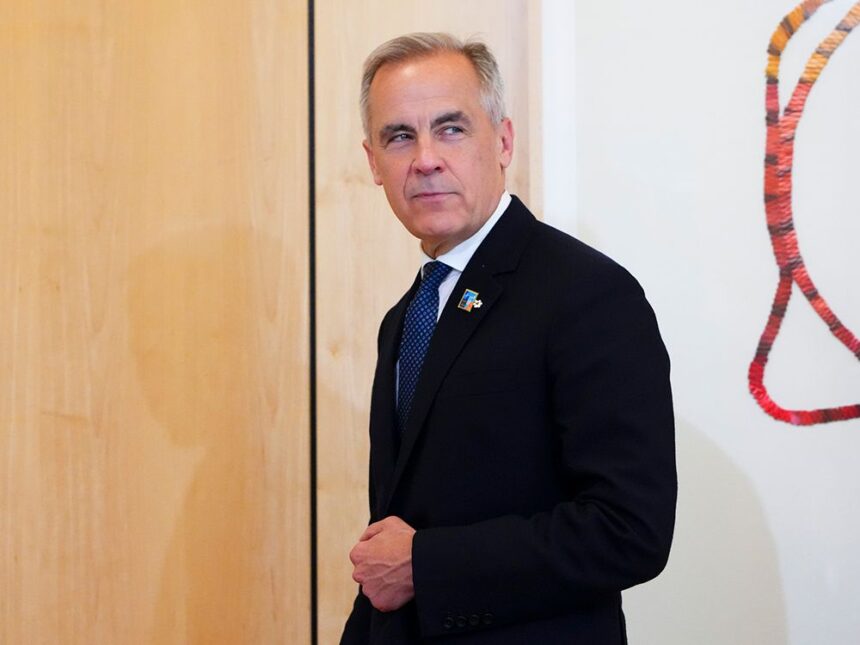The intertwining of national security and economic strategy has never been more evident as Canada faces mounting pressure to increase its NATO defense spending while simultaneously positioning itself as a critical minerals powerhouse. Behind closed doors in Ottawa, discussions are intensifying around how these seemingly separate priorities could become part of a cohesive strategic response to a rapidly changing geopolitical landscape.
As NATO allies gather for high-level talks this week, Canada’s persistent defense spending shortfall—currently at 1.33% of GDP against NATO’s 2% target—has become an unavoidable point of contention. Prime Minister Justin Trudeau’s government faces intensifying scrutiny not only from international partners but also domestic critics who question Canada’s commitment to collective security arrangements.
“We’re witnessing a fundamental shift in how defense capabilities and economic resources are being aligned,” explains Dr. Marion Harper, senior fellow at the Canadian Institute for Strategic Studies. “The traditional boundaries between military spending and critical economic investments are blurring as countries recognize these are two sides of the same strategic coin.”
What makes this convergence particularly significant is Canada’s extraordinary wealth in critical minerals—including lithium, cobalt, and rare earth elements—that form the backbone of everything from electric vehicle batteries to advanced weapons systems. With China controlling approximately 80% of global rare earth processing capacity, western allies are scrambling to develop alternative supply chains.
The Department of National Defence has begun exploring how investments in critical minerals infrastructure could potentially count toward NATO spending commitments. This novel approach would allow Canada to strengthen its defense posture while simultaneously developing strategic industries that reduce dependency on potentially hostile suppliers.
“This isn’t about creative accounting,” insists former diplomat Richard Carleton. “It’s about recognizing that in modern security environments, supply chain resilience and resource security are as important as traditional military capabilities.”
Several NATO members have already signaled openness to this broader interpretation of defense spending. Estonia’s Defense Minister recently acknowledged that “security infrastructure investments that serve dual civilian and military purposes” deserve consideration under the alliance’s spending frameworks.
The potential policy shift has generated mixed reactions. Critics argue it represents an attempt to artificially inflate Canada’s NATO contribution without making necessary investments in conventional military capabilities. Meanwhile, industry leaders in the mining and technology sectors see an opportunity to accelerate development with national security imperatives providing political momentum.
Parliamentary Budget Officer reports indicate that reaching the 2% NATO target would require approximately $17 billion in additional annual defense spending—a significant fiscal challenge given Canada’s current economic outlook. Integrating critical minerals strategy into this framework could help bridge the gap while serving multiple national priorities.
Beyond the numbers, this approach reflects a deeper evolution in how nations conceptualize security in the 21st century. Military strength increasingly depends on secure supply chains, technological innovation, and resource independence—areas where Canada has natural advantages but has historically underinvested.
As global competition for these resources intensifies, with China making strategic investments across Africa and South America, Canada faces a pivotal moment. The decisions made in the coming months could determine whether the country leverages its mineral wealth to strengthen both its economy and its standing within NATO, or continues struggling to meet alliance expectations through conventional means.
The question now facing Canadian policymakers transcends simple budget calculations: In an era where economic security and military capability have become inseparable, can Canada pioneer a new approach that transforms its natural resources into strategic assets recognized by allies and competitors alike?


















